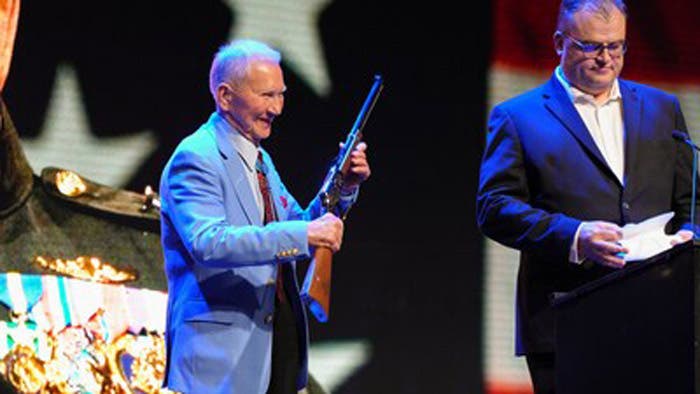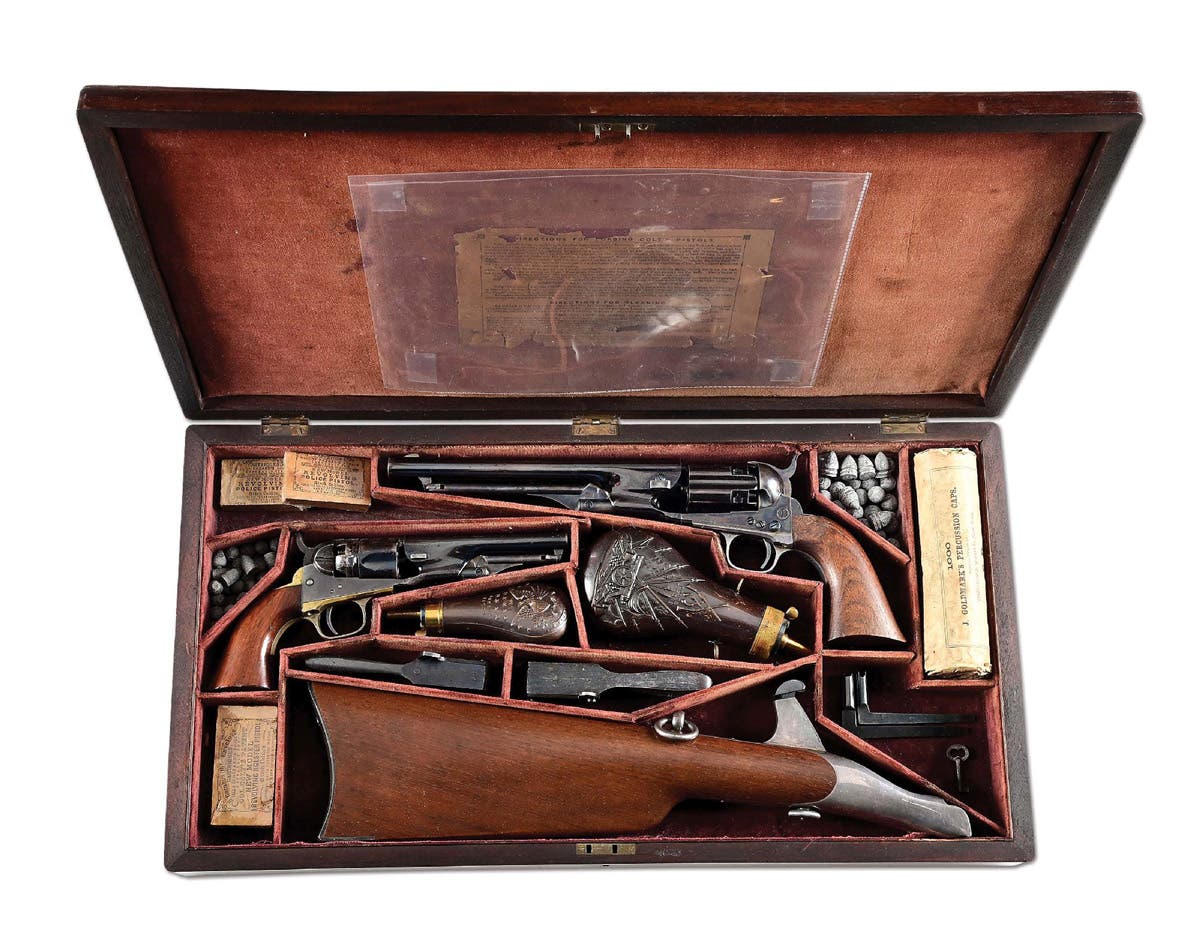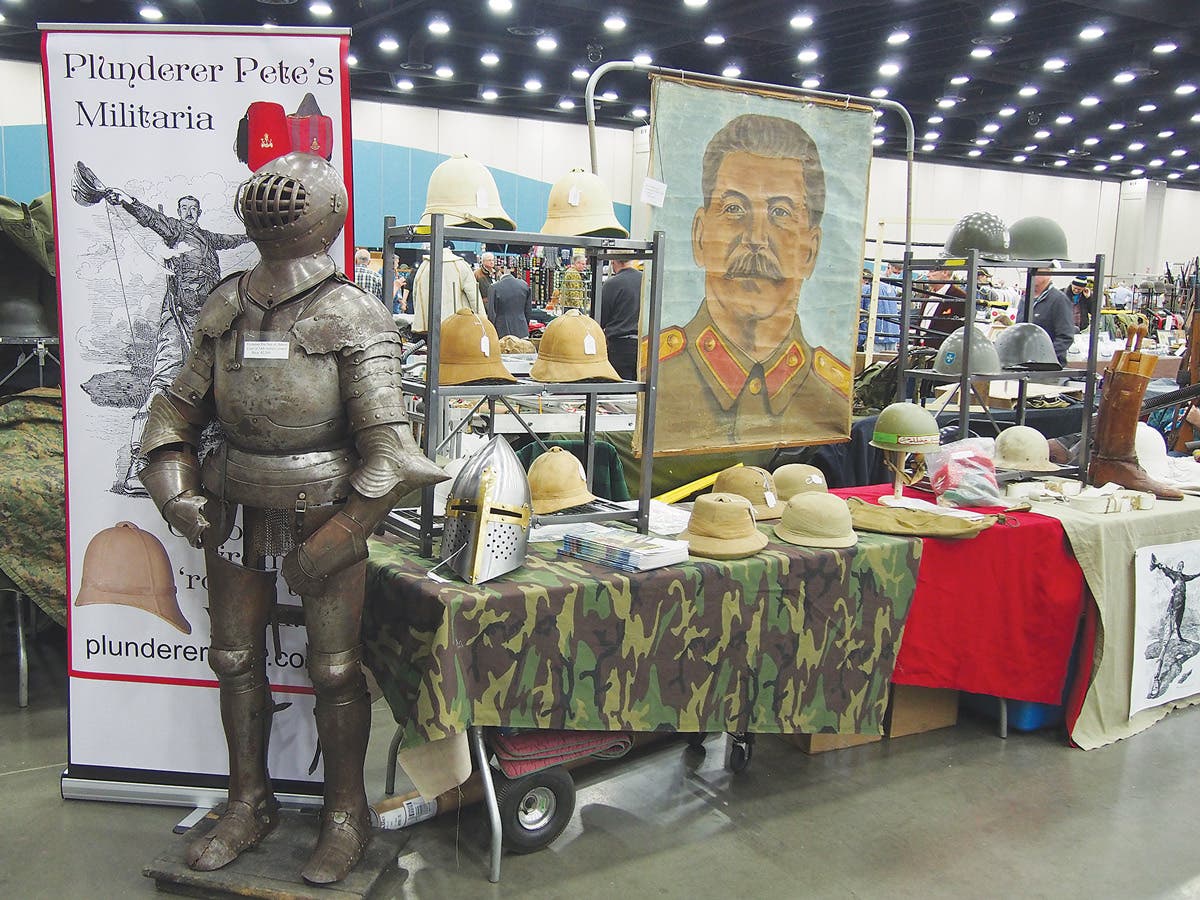Proud to be a Minnesotan
Every July 1-3, I am reminded how proud I am to call myself a Minnesotan. I don’t know how these three hot days affect other Gopher-staters, but for as long…
Every July 1-3, I am reminded how proud I am to call myself a Minnesotan. I don’t know how these three hot days affect other Gopher-staters, but for as long as I can remember, these three days marked a turning point in the preservation of the United States and much of the credit goes to a couple hundred Minnesotans who were willing to stand up to forces that attempted to split our nation apart.
Growing up in Minnesota, I figured everyone was as keenly aware of the 1st Minnesota Volunteer Infantry’s role in the battle of Gettysburg. After all, it was taught to all of us in fourth or fifth grade. Being a history geek, I just assumed everyone revered the men of the 1st Minnesota.
When I attended college in Wisconsin, I still figured everyone knew about and were grateful for the 1st Minnesota’s sacrifice. It wasn’t until I had finished graduate school in Illinois and was working as a curator that I realized the obvious: Not too many people know about the 1st Minnesota saving the Union line on July 2, 1863, and even fewer cared.
Well, now I have the privilege of communicating to history buffs through the JAG File. If you, kind reader, will indulge me, I will tell you the brief story of the 1st Minnesota Volunteer Infantry at the Battle of Gettysburg. As greatness is in the eye of beholder, I will leave any judgment to you. But I must preface it by saying, any failure to adequately convey the soldiers’ desperation, struggle and sacrifice is mine alone. The record of those gallant few has been recorded for the ages. I only attempt to condense it for you.
The First Minnesota Infantry Regiment was the first state volunteer unit to offer service in response to President Abraham Lincoln's call for 75,000 troops in April 1861. Recruited from the hardy settlers of the brand new state of Minnesota, the Regiment mustered into Federal service at Fort Snelling (which is now in modern St. Paul, MN) on April 29, 1861. Of the 11 infantry regiments the Gopher State supplied to the cause, the First was the only to serve in the eastern theater of operation.
The unit received its baptism of fire at the Battle of First Manassas, suffering the highest number of casualties on the Union side, and was the last organized group to leave the field. In 1862, the Regiment served in the peninsular Campaign, and the battles of Antietam, and Fredericksburg. Of the 11 infantry regiments the Gopher State supplied to the cause, the First was the only to serve in the eastern Army of the Potomac.
When Federal and Confederate troops encountered each other near Gettysburg, Pennsylvania on July 1, 1863, the First Minnesota numbered under half its strength of 1,000 men. Held in reserve during the early hours of July 2, only 262 men answered the roll. It wasn’t long, though, before the small band of Minnesotans would be asked to perform a heroic task that would save the Union line.
After the Confederates had broken through General Sickles’ forward position, General Winfield S. Hancock looked about for a unit to plug a gaping hole in the Federal line before Confederate forces would force itself through to split the Union forces. He later wrote about this moment, “I needed five minutes time” to allow adequate reinforcements to come up.
It would require a full regiment to fill the void, but all Hancock could locate were the 262 Minnesota. He rode up the Minnesotan’s commanding officer, Colonel William Colville, pointed to the Confederates closing in on the hole in the Union lines and shouted, “Colonel, do you see those colors?” (pointing at the advancing Confederate forces) “Then take them!”
The attacking Confederate forces consisted of General Cadmus M. W Wilcox’s Alababam Brigade of Anderson’s Division (A.P. Hill’s Corps). The day before, nearly 1,800 men had answered roll call in Wilcox’s Brigade. Now, those Rebels were driving across Plum Run to assault the gap in the Union line along Cemetery Ridge. If they succeeded, the Federal troops would be split and broken.
Ordering his men to fix bayonets, Colonel Colville led the 262 Minnesotans against the Alabamans, nearly five times the Gophers’ number. Lt. William Lochren of the First Minnesota remarked, “Every man realized in an instant what that order meant; death or wounds to us all, the sacrifice of the regiment, to gain a few minutes’ time and save the position and probably the battlefield."
It is hard to imagine what went through those Minnesotan’s minds in those few hot July minutes. Through the smoke, they could see the overwhelming number of Rebels in front of them. It must have felt like a suicide mission. But, too, it was obvious what had to be done. The awareness of how frail the Union lines had become must have driven each soldier to place one foot in front the of the other—drawing them closer and closer to the enemy and certain death. Nevertheless, it had to be done. General Hancock later commented, “I would have ordered that regiment in if I had known every man would have been killed. It had to be done."
Wilcox’s Alabamans had already charged nearly a mile when they encountered the little band of Minnesotans. The day was sweltering and the Alabamans had slowed to catch their breath and maybe a drink from their canteens. The small group of Minnesotans caught them off guard. The Alabamans reeled at the first contact but quickly regained their line and delivered staggering volleys into the Minnesotans. After about four minutes, only 47 Minnesotans remained standing and continued to deliver a ragged fire into the Alabamans. Colonel Colville was among the wounded but was able to rally his men and draw them back into the line along Cemetery Ridge.
The Minnesotans didn’t take the Confederate colors, but General Hancock had received his five minutes, “plus five more for good measure,” according to Civil War historian, Shelby Foote. The line was reinforced and the Alabamans repulsed. General Hancock later remarked about the Minnesota’s charge, "There is no more gallant deed recorded in history.”
The next day, the remnants of the First found itself on the receiving end of Pickett’s charge. Company C and F had rejoined the unit but that only added about 50 men to the few who still stood in ranks. By the end of the battle, 64 Minnesotans had been killed and 160 wounded for a total of 224 casualties giving the regiment the distinction of sustaining the highest regimental losses in any battle, in proportion to the number engaged, during the Civil War. In addition, Pvt. Marshall Sherman of Co. ‘C’ captured the 28th Virginia’s colors and Cpl. Henry O’Brien spurred on the men with the colors and it’s shattered staff. Both would receive the Medal of Honor for their feats.
In his Decisive Battles of the Civil War, Lt. Col. Joseph B. Mitchell declared, “There is no other unit in the history of warfare that ever made such a charge and then stood its ground sustaining such losses.”
So, dear reader, you see why, as a young Civil War buff growing up in Minnesota, July 1-3 was such an important anniversary to me. Even though I haven’t lived in the State for more than 30 years, I am still proud to call myself a Minnesotan, a distinction made possible by the unwavering commitment of 262 of its citizens to attack a much larger enemy and preserve the Union.
Happy Fourth of July,
John A-G
John Adams-Graf ("JAG" to most) is the editor of Military Trader and Military Vehicles Magazine. He has been a military collector for his entire life. The son of a WWII veteran, his writings carry many lessons from the Greatest Generation. JAG has authored several books, including multiple editions of Warman's WWII Collectibles, Civil War Collectibles, and the Standard Catalog of Civil War Firearms. He is a passionate shooter, wood-splitter, kayaker, and WWI AEF Tank Corps collector.





